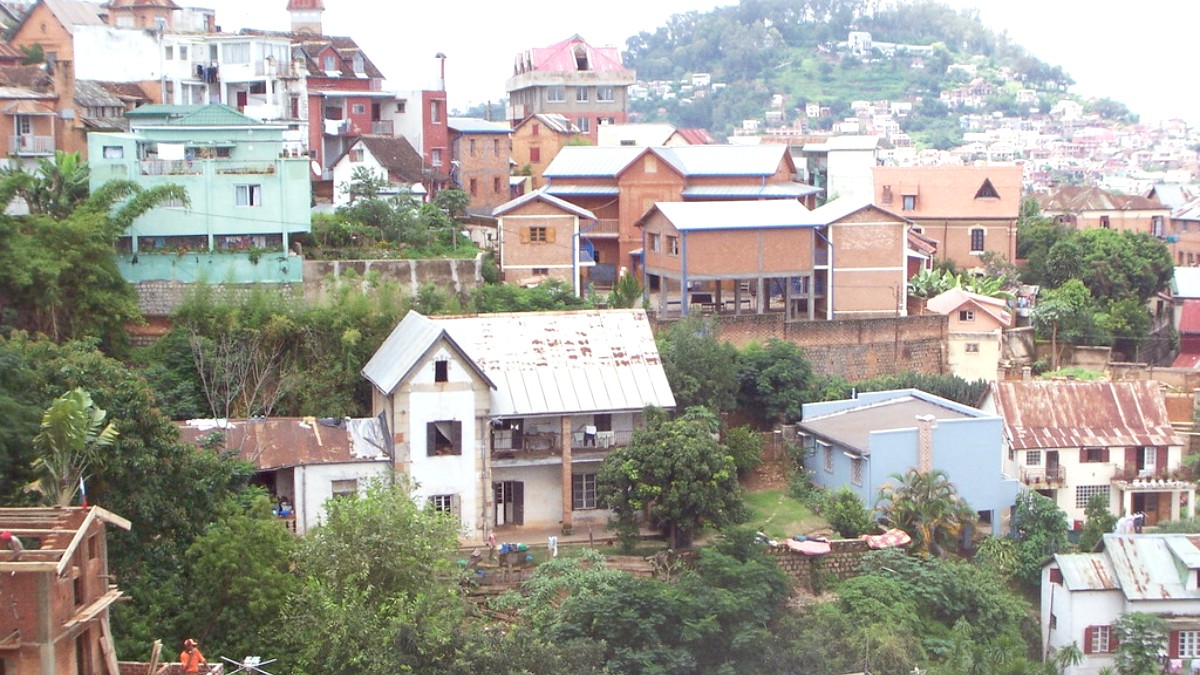
Madagascar
While Antananarivo is an urban center, nearby attractions present opportunities for outdoor activities and wildlife encounters.
The steep, cobblestone streets of Haute-Ville present an urban "hike" that gives a good workout. Exploring the numerous staircases and winding paths challenges your fitness.
Ambohimanga Royal Hill features a moderate walk. Lemur's Park has easy trails suited for all fitness levels. Longer treks need travel to national parks.
Not obtainable in Antananarivo. As an inland city, it has no water sports. Adventure sports like rafting or caving are found in specific regions outside the capital.
Cycling within Antananarivo is not suggested for casual touring due to chaotic traffic, steep hills, and poor road surfaces. Exercise caution.
Deepen your grasp of Malagasy culture through various immersive experiences.
Occasionally, traditional music or dance performances are held at cultural centers or larger hotels. Check local listings for schedules.
A traditional Merina musical and dance performance, often including storytelling and social commentary. A unique cultural art form.
Famadihana (Turning of the Bones) is a private family ceremony, attend only if invited. Alahamady Be (Malagasy New Year) includes unique customs and celebrations.
Attend traditional music or dance performances at cultural centers or hotels for a glimpse into Malagasy arts.
Seek community-based tourism initiatives, especially outside the capital, for respectful interaction and direct contribution to local well-being.
Inquire about local food or cultural festivals like Alahamady Be to experience unique customs and celebrations (dates vary).
Find opportunities for relaxation and well-being within Antananarivo.
Traditional healers (Mpanandro) still play a role in local culture, notably in rural areas. Direct engagement for tourists is rare and generally not suggested without a trusted local intermediary.
Some hotels in Antananarivo have pools accessible to non-guests for a day fee. As an inland city, Antananarivo has no beach clubs.
Consider exploring options for retreats outside the city for a more immersive wellness experience in nature.
Hôtel Sakamanga often features live bands playing jazz, blues, or local Malagasy music, generating a lively atmosphere. Papagayo and Piment Café are also well-known venues.
Le Glacier is one of the oldest and most famous nightclubs. Other clubs exist, especially in Isoraka. Isoraka serves as the main area for bars and restaurants that become lively in the evenings.
Formal theater options are limited; check cultural centers for occasional performances. Formal pub crawls are not typically organized. Restaurants and bars in Isoraka often stay open later.
Explore traditional markets and find unique souvenirs, while adhering to ethical shopping guidelines.
Madagascar is famous for its vanilla. Seek high-quality Madagascar Vanilla Beans by Native Vanilla and pure vanilla extract. Cloves, pepper, and cinnamon are widely available and of high quality.
Silk scarves (lamba), woven baskets, and raffia bags make beautiful and practical souvenirs. Wood carvings (Vazimba statues, zebu horns), semi-precious stones (amethyst, quartz, labradorite).
Model "taxi-brousse" or "pirogues" are miniature representations of local transport. Luxury and boutique shopping is limited.
Plan your souvenir purchases to align with customs regulations and to directly support local artisans.